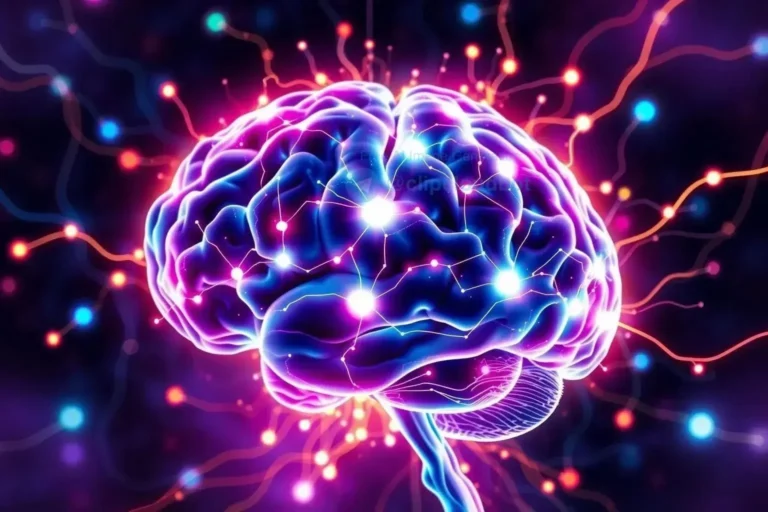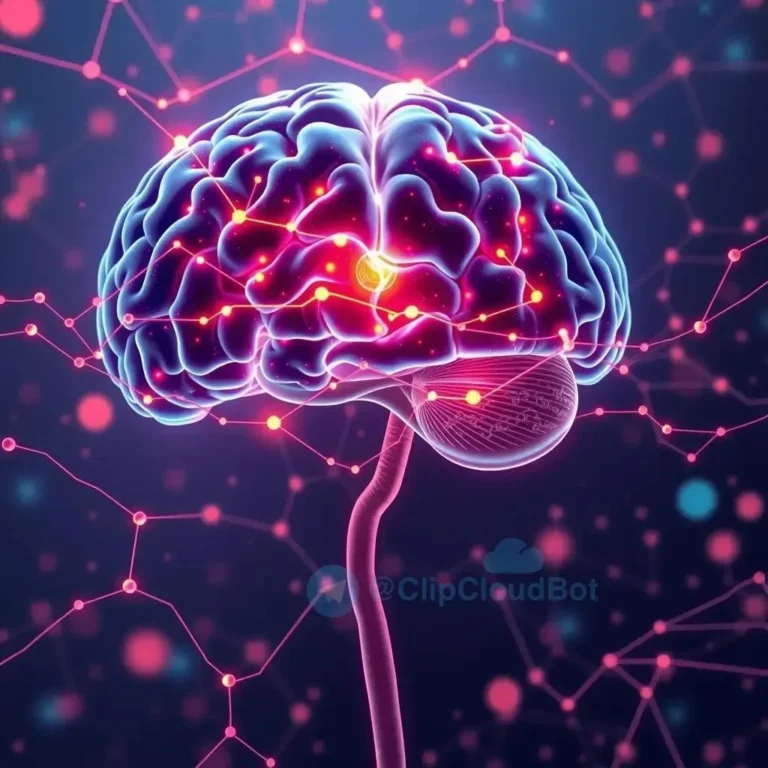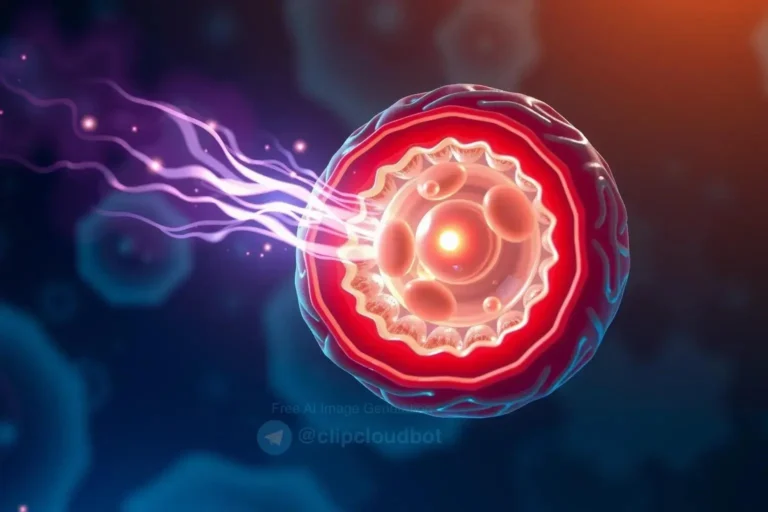Digital Detox Strategies for Reclaiming Focus
Feeling overwhelmed by constant connectivity? Reclaim your focus and attention by strategically disconnecting. Explore practical techniques for managing screen time, establishing healthy digital boundaries, and cultivating a more mindful relationship with technology.
Understanding Digital Overload and its Impact
In today’s hyper-connected world, we’re constantly bombarded with information, notifications, and digital distractions. This constant influx of stimuli can lead to digital overload, a state of mental exhaustion and reduced cognitive function resulting from excessive screen time and technology use. Understanding the impact of this overload is the first step towards reclaiming your focus and well-being.
Digital overload manifests in various ways, affecting both our mental and physical health. Common symptoms include difficulty concentrating, decreased productivity, heightened stress and anxiety, sleep disturbances, and even eye strain and headaches. The constant need to check notifications and stay updated creates a state of perpetual partial attention, preventing us from fully engaging with tasks or enjoying moments of quiet contemplation.
One of the most significant consequences of digital overload is its impact on our attention spans. The rapid-fire nature of online content trains our brains to crave constant stimulation, making it harder to focus on activities requiring sustained attention. This can negatively affect our ability to learn, work effectively, and even engage in meaningful conversations.
Furthermore, excessive screen time, particularly before bed, can disrupt our sleep patterns. The blue light emitted from electronic devices interferes with melatonin production, a hormone crucial for regulating sleep. This can lead to insomnia, fatigue, and further exacerbate the symptoms of digital overload.
Recognizing the signs and understanding the impact of digital overload is essential. By acknowledging the detrimental effects of excessive technology use, we can begin to implement strategies for managing our digital consumption and reclaiming our focus, promoting a healthier and more balanced relationship with technology.
Practical Tips for a Successful Digital Detox
Embarking on a digital detox doesn’t require a complete severance from technology. Instead, it involves making conscious choices to manage your digital consumption and create a healthier relationship with your devices. Here are some practical tips to help you implement a successful digital detox:
Schedule Tech-Free Time: Designate specific times each day, or even entire days, as tech-free zones. This could include meal times, an hour before bed, or weekend mornings. Use this time to engage in activities that don’t involve screens, such as reading, spending time in nature, or pursuing hobbies.
Establish Device-Free Zones: Create physical spaces where technology is not allowed, like your bedroom or dining table. This helps create boundaries and encourages more mindful tech use in other areas of your life.
Manage Notifications: Constant notifications are a major source of distraction. Disable non-essential notifications and set specific times to check emails and social media, rather than responding immediately to every ping.
Curate Your Online Content: Be mindful of the content you consume. Unfollow accounts that trigger negative emotions or contribute to information overload. Focus on engaging with content that is uplifting, informative, or supports your personal growth.
Utilize App Timers and Website Blockers: Leverage technology to manage your technology use. Set time limits for specific apps or websites, and use website blockers to prevent access to distracting platforms during focused work or study sessions.
Practice the “One-Tab Rule”: Limit yourself to one browser tab at a time when working or studying. This helps minimize distractions and promotes deeper focus on the task at hand.
Find Offline Alternatives: Rediscover the joy of offline activities. Read physical books, engage in hobbies, spend time with loved ones face-to-face, and explore your community. These activities offer a much-needed respite from the digital world and foster genuine connections.
Cultivating Mindful Tech Use for Long-Term Balance
A digital detox isn’t a one-time fix; it’s about cultivating a mindful approach to technology use for long-term balance. This involves developing an awareness of your digital habits and making conscious choices about how and when you engage with technology. Here are some strategies for cultivating mindful tech use:
Set Intentions: Before engaging with technology, ask yourself why you’re using it. Are you seeking information, connection, or entertainment? Having a clear intention can help you avoid mindless scrolling and stay focused on your purpose.
Practice the “Pause”: Before reaching for your phone out of habit, pause and take a breath. Ask yourself if you truly need to engage with technology at that moment, or if there’s a more fulfilling activity you could be doing.
Observe Your Thoughts and Feelings: Pay attention to how you feel before, during, and after using technology. Does it leave you feeling energized or drained? Connected or isolated? Understanding the impact of technology on your emotional state can help you make more conscious choices.
Engage in Digital Minimalism: Embrace the philosophy of digital minimalism by intentionally choosing to use fewer digital tools and platforms. Focus on the technologies that add value to your life and eliminate those that contribute to distraction and overwhelm.
Create Tech-Free Rituals: Establish daily or weekly rituals that don’t involve technology. This could include morning meditation, an evening walk, or a weekend dedicated to outdoor activities. These rituals provide a much-needed break from the digital world and foster a sense of grounding and presence.
Embrace Single-Tasking: Resist the urge to multitask while using technology. Focus on one task at a time, whether it’s reading an article, responding to an email, or engaging in a conversation. This promotes deeper focus and prevents cognitive overload.
Seek Support and Accountability: Share your intentions for mindful tech use with friends or family members and ask for their support. Consider joining online communities or finding an accountability partner to help you stay on track.
Maintaining Focus and Improving Attention Span
Reclaiming your focus and improving your attention span requires conscious effort and consistent practice. While a digital detox can be a powerful starting point, incorporating strategies for enhancing focus into your daily routine is crucial for long-term cognitive health. Here are some effective techniques:
Practice Mindfulness Meditation: Regular meditation cultivates present moment awareness and strengthens your ability to focus. Even a few minutes of daily meditation can significantly improve your attention span and reduce mental clutter.
Engage in Focused Activities: Engage in activities that require sustained attention, such as reading, writing, playing a musical instrument, or solving puzzles. These activities challenge your brain and help strengthen your focus muscles.
Spend Time in Nature: Studies have shown that spending time in nature can have a restorative effect on our attention spans. Take breaks throughout the day to step outside, go for a walk, or simply observe your surroundings. The natural world offers a welcome respite from digital distractions and promotes mental clarity.
Prioritize Sleep: Adequate sleep is essential for optimal cognitive function, including attention and focus. Aim for 7-9 hours of quality sleep each night to ensure your brain is well-rested and ready to engage.
Practice Deep Work: Schedule dedicated blocks of time for focused work or study. Eliminate distractions, minimize interruptions, and immerse yourself fully in the task at hand. This practice, known as deep work, can significantly enhance productivity and improve attention span.
Break Down Tasks: Large, overwhelming tasks can be daunting and lead to procrastination. Break down complex projects into smaller, more manageable steps. This approach makes tasks feel less intimidating and allows you to focus on one element at a time.
Cultivate Patience: Improving your attention span takes time and effort. Be patient with yourself and celebrate small victories along the way. Consistency is key to achieving lasting improvements in focus and concentration.






